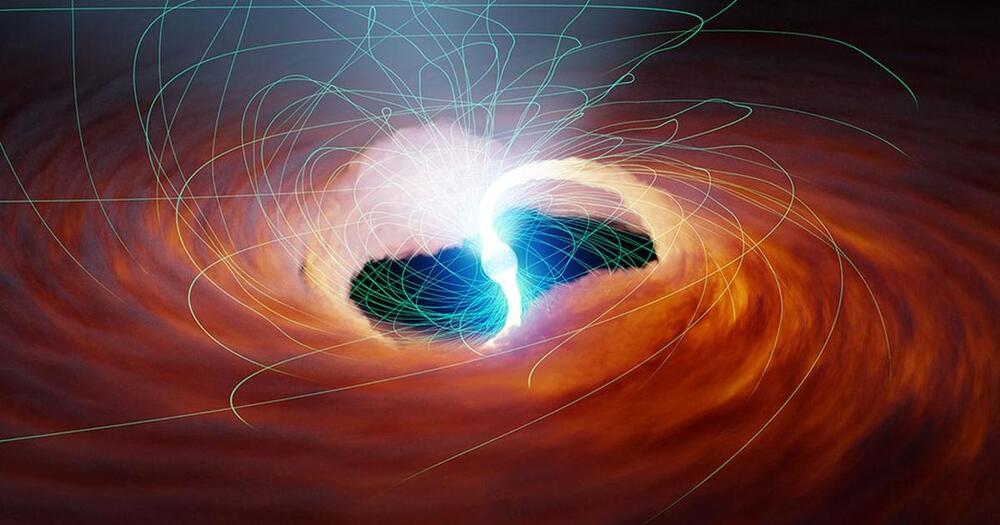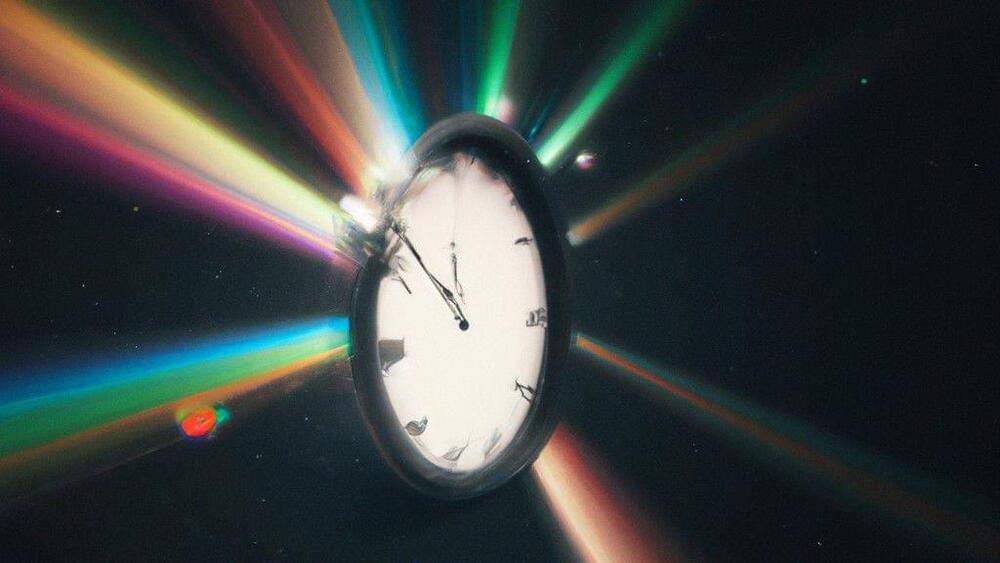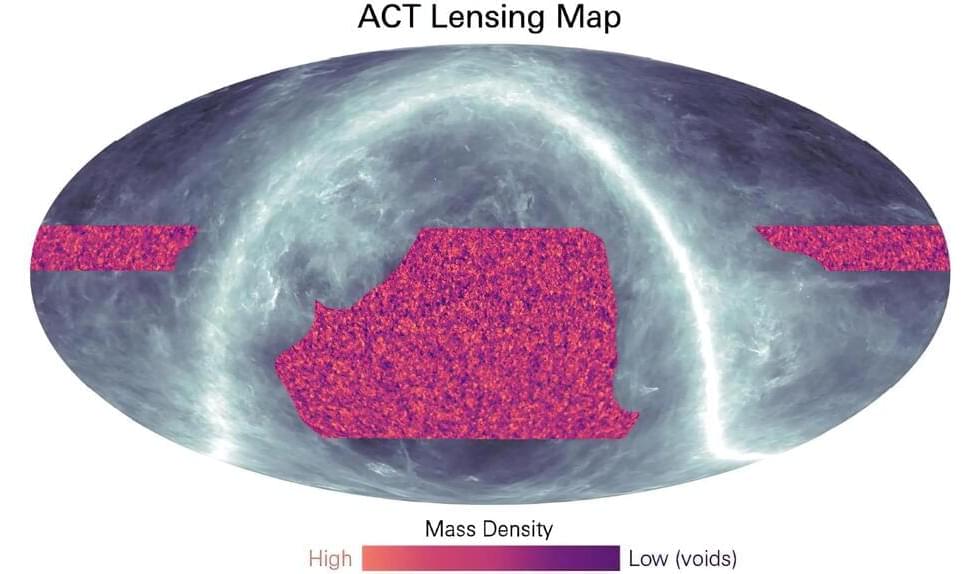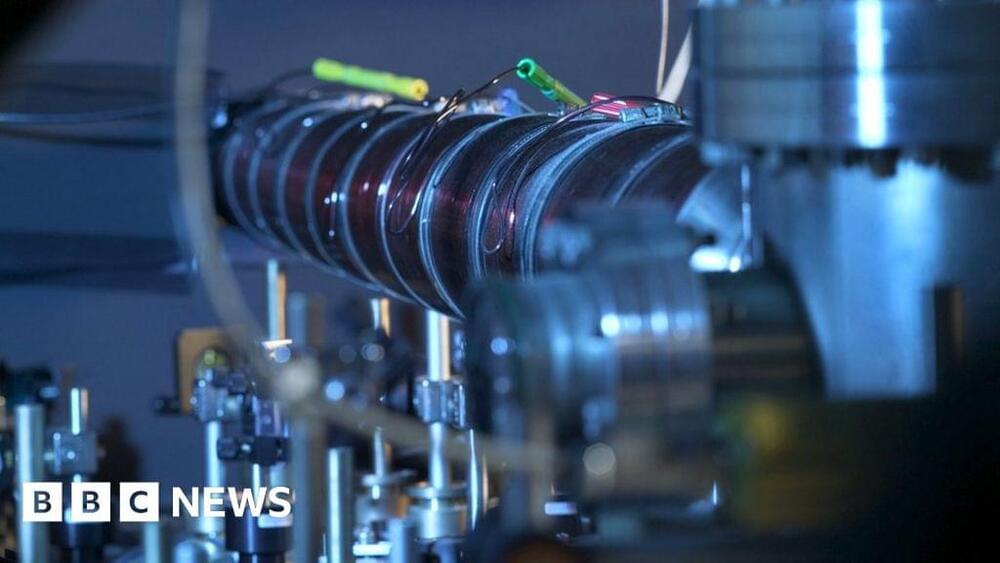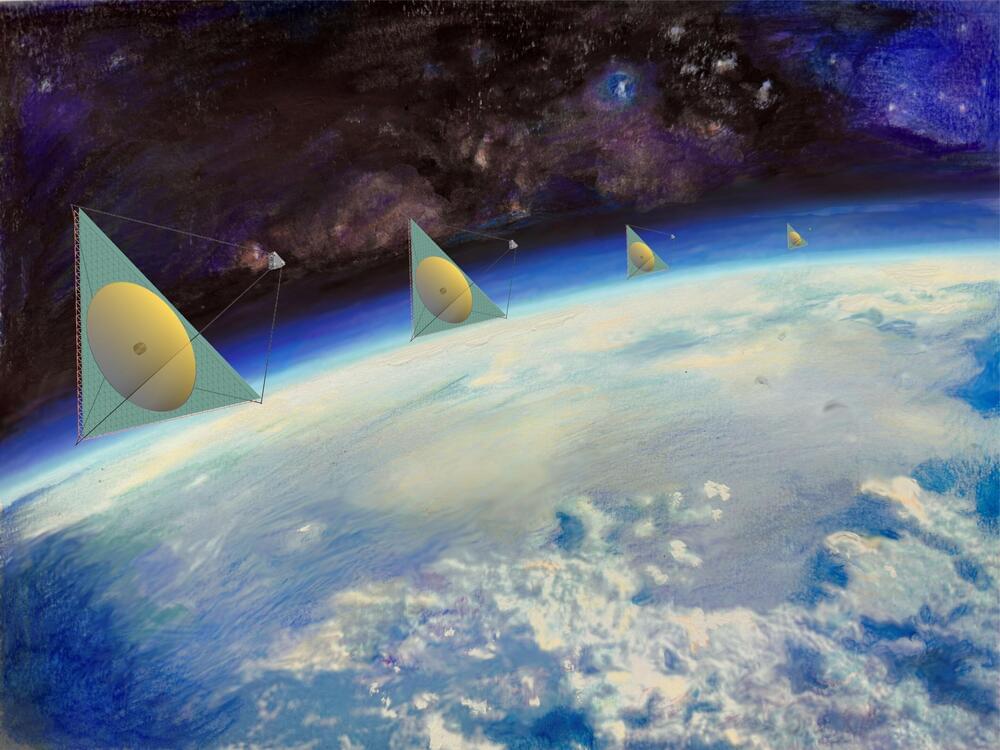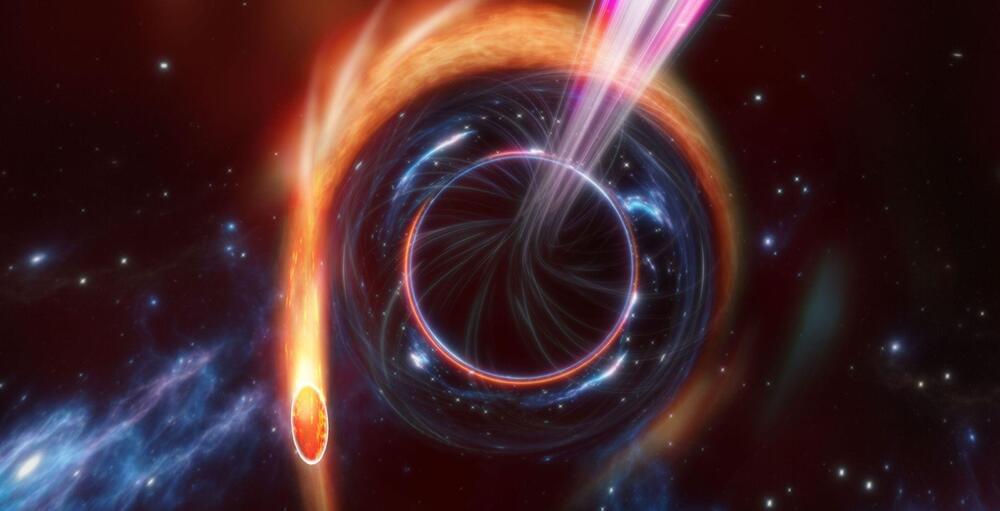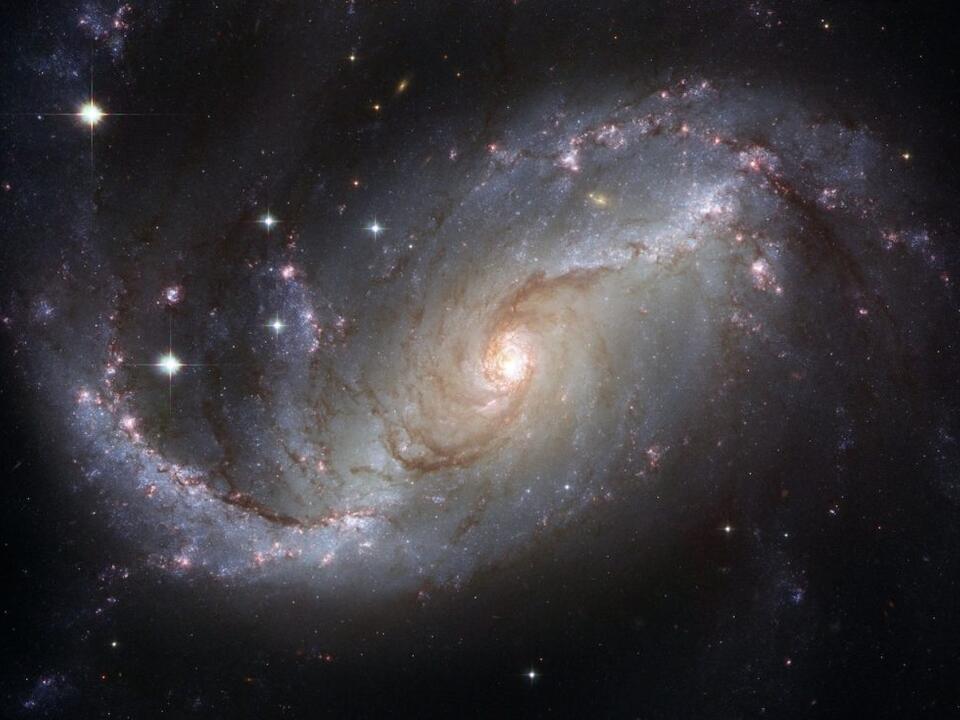Apr 14, 2023
New ‘Cosmic Ladder’ Measurement Leaves Us With a Major Physics Problem
Posted by Paul Battista in category: physics
Some mysteries in science vanish with more accurate measurements, resolving gaps with a puff of new data. And sometimes, a second look simply reinforces the fact you have a mystery on your hands.
It’s the latter in the case of a new study that challenges the Universe’s most fundamental laws of physics.
The Hubble constant is an expression of the speed of Universe’s expansion. Unfortunately, there’s more than one solution for it, depending on how it’s measured.

